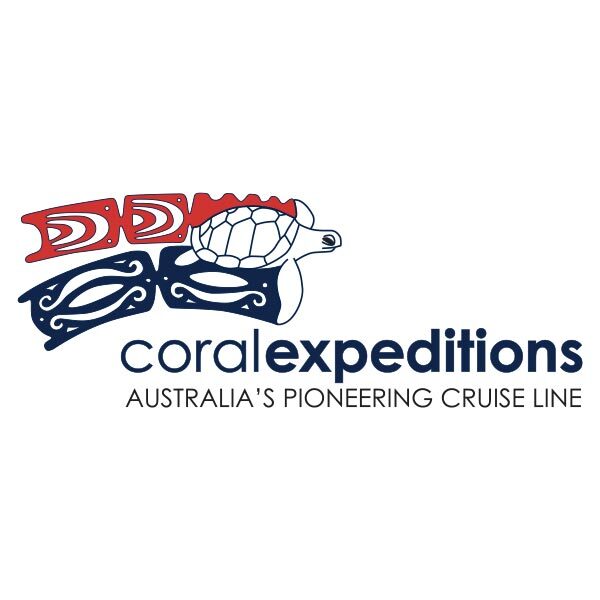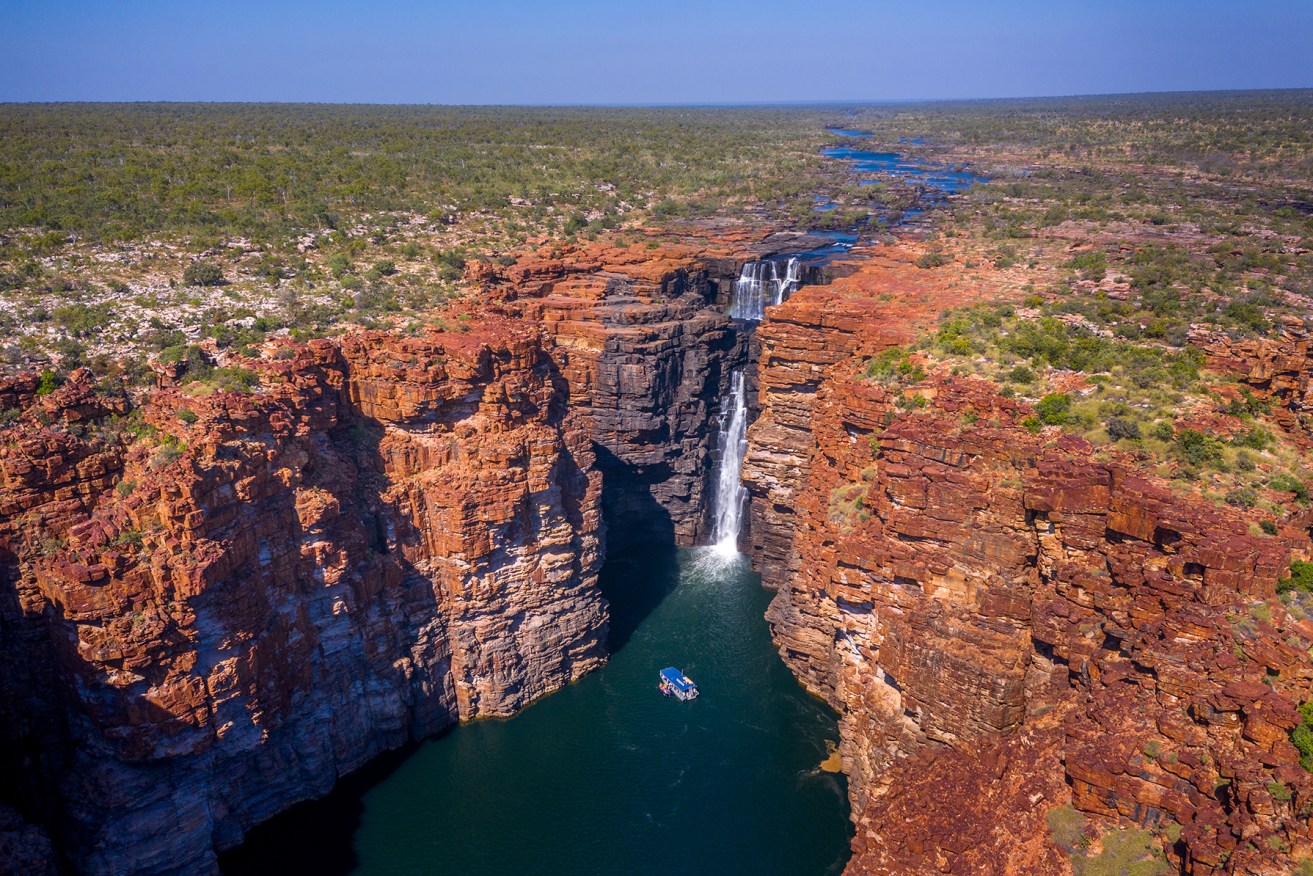The Kimberley region of Western Australia is known for dramatic landscapes of vast sandstone escarpments, soaring red cliffs, pristine beaches and mangrove-fringed rivers.
The wildlife deserves to be known because the region is full of creatures who take advantage of the area’s remoteness to live without encountering humans.
Here are some fantastic beasts, and where to find them.
Humpback whales
The Kimberley’s Camden Sound is a vast humpback whale nursery, with an estimated 40,000 animals making the 13,000km journey along the humpback highway from Antarctica each year. They leave the south in winter to give birth in the warm waters off the Kimberley coast then make their way back, with calves in tow.
Humpback whales are a great conservation success story, with their numbers believed to have rebounded to near pre-whaling levels.
The whales reach the Kimberley in late July and begin their journey south in October.

Humpback whales reach the Kimberley in late July. Photo: Supplied
Northern quoll
Head to Bigge Island, the second largest in the Bonaparte Archipelago, and you might spot an endangered northern quoll. The island is free from feral predators, which makes it a sanctuary for the quoll, along with the scaly-tailed possum, which is native to the Kimberley, and the monjon, the smallest member of the rock wallaby family.

Bigge Island is free from feral predators, which makes it a sanctuary for northern quoll. Photo: Supplied
Migratory birds
The Broome Bird Observatory was established in 1988 by scientists and researchers who recognised the world importance of Broome’s Roebuck Bay as a migratory shorebird area. Between March and May many of the birds can be seen leaving the area for their epic journey to the northern hemisphere, and from August to October they can be seen returning. But it’s not just migratory shorebirds that can be seen here. A whopping 333 species have been spotted in the area.
Seabirds
The four treeless islands that make up the Lacepedes are a class A reserve where rats have been eradicated allowing dozens of species of birds to proliferate. Here you’ll see brown boobies, crested terns, pied oystercatchers, and countless other varieties.
Raptors
The nests of eastern ospreys, white-bellied eagles and brahminy kites can be seen in trees and on rocky outcrops across the Kimberley, and if you’re lucky you may also see them hunting. The eastern osprey plunges feet first into the water in pursuit of fish while the white-bellied sea eagle’s favourite snack is black flying fox.

The best way to see Saltwater crocodiles is via a boat tour or cruise. Photo: Supplied
Saltwater crocodiles
There’s plenty of places you might see salties in the Kimberley — all the more reason to do careful research before you swim anywhere. The best way to safely see these prehistoric killing machines is via a boat tour or cruise. The entire coast from Cape Levanque to Wyndham is home to salties with area around Hunter River and Porosus Creek thought to have the biggest population.
Flatback turtle
Often seen on the Lacepede Islands and in abundance at Montgomery Reef, this species of turtle is found in shallow coastal waters stretching from northern Queensland across the Gulf of Carpenteria to the Kimberley, and feasts on sea cucumber, soft corals and jellyfish.
Short-eared rock wallaby
Shy and nocturnal, these wallabies live colonies around low cliffs, hills and gorges. They’re often spotted checking out visitors from their hideouts at Talbot Bay and King George River.
Coral Expeditions’ Kimberley cruises have wildlife experts onboard to enhance your experience. Book now – 2023 season is selling fast.

